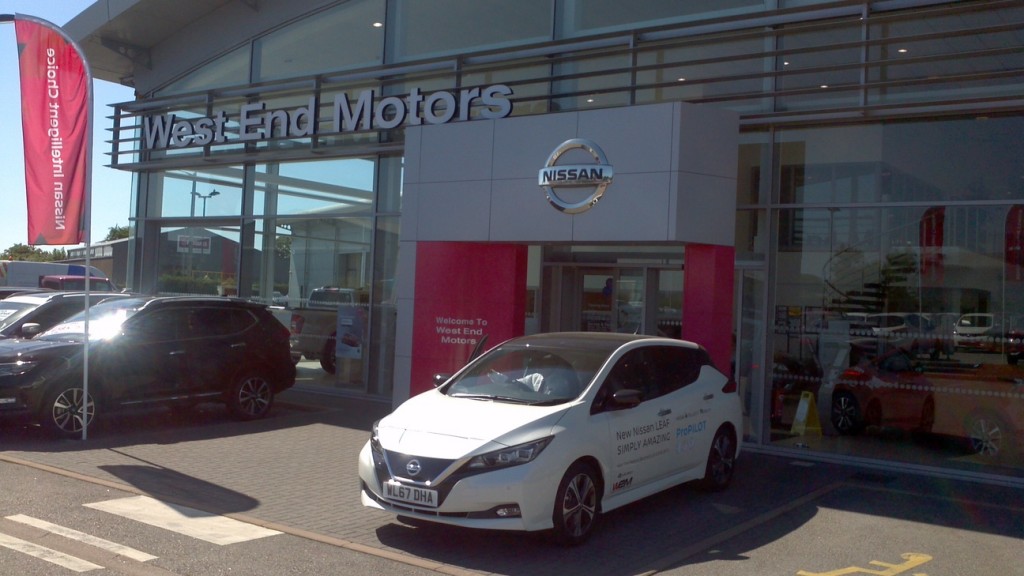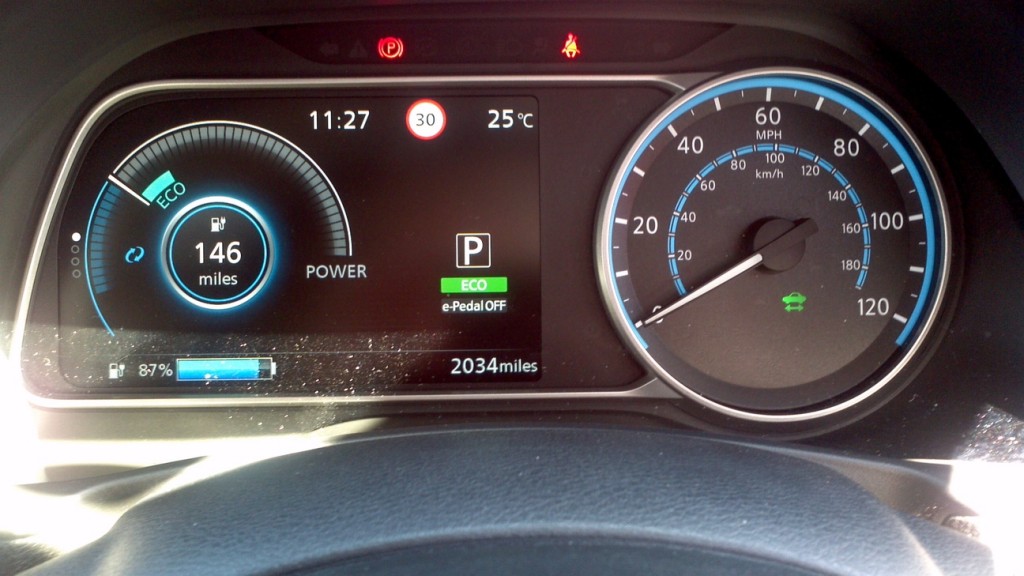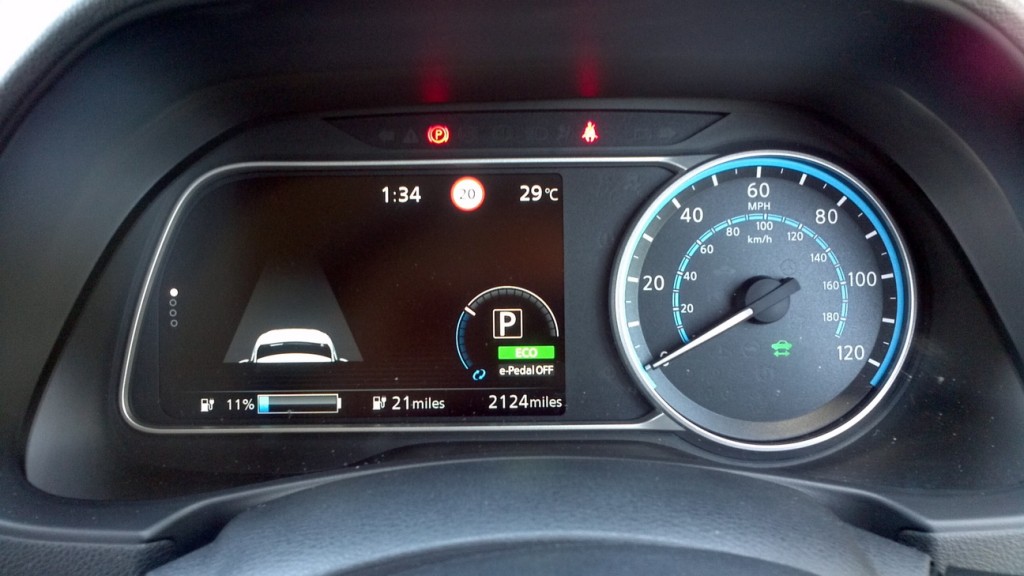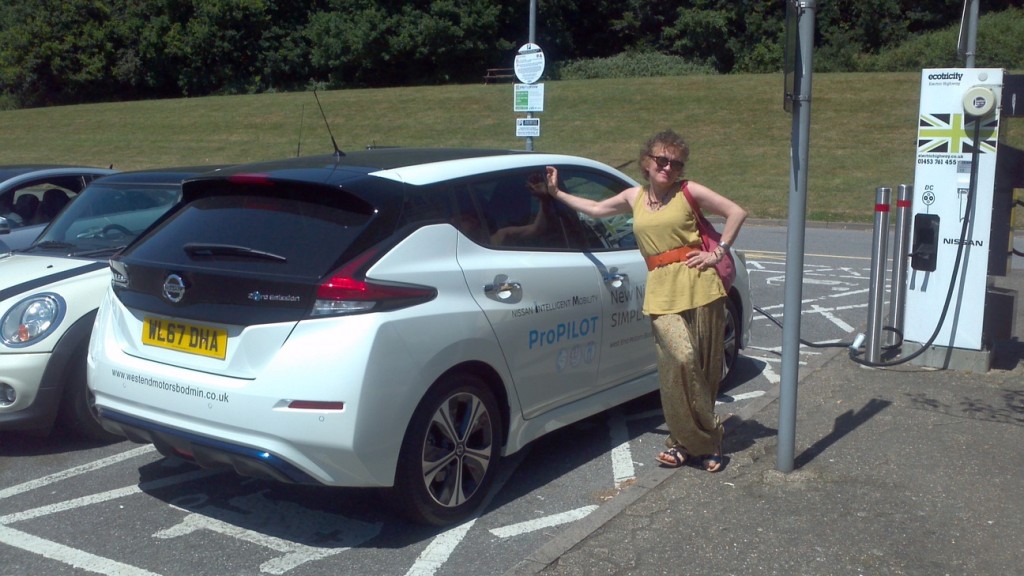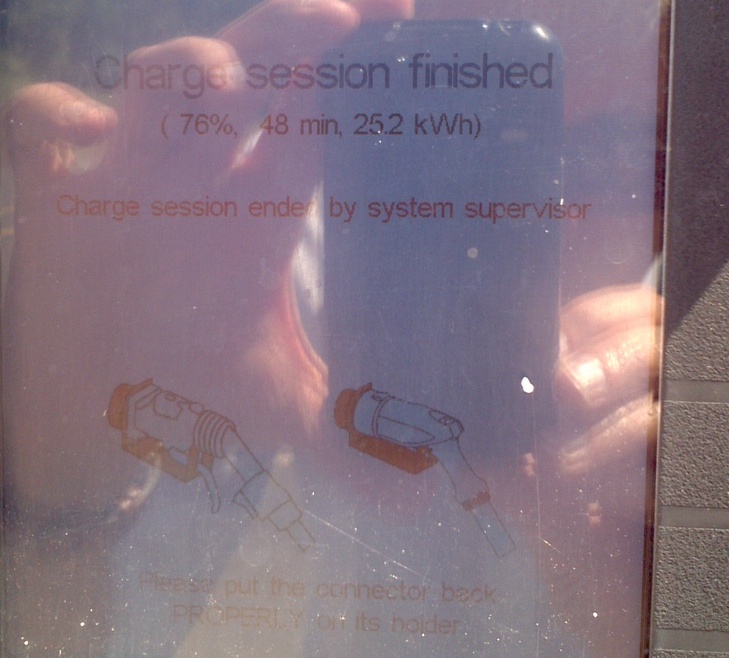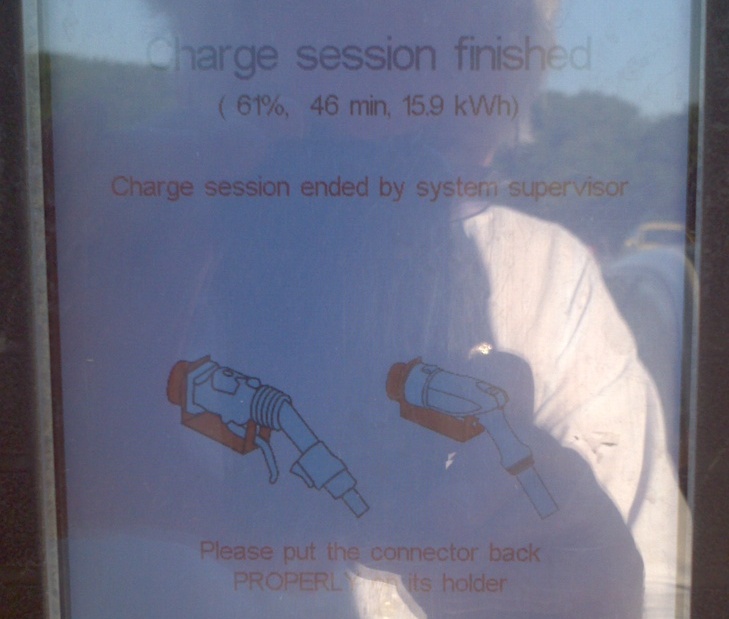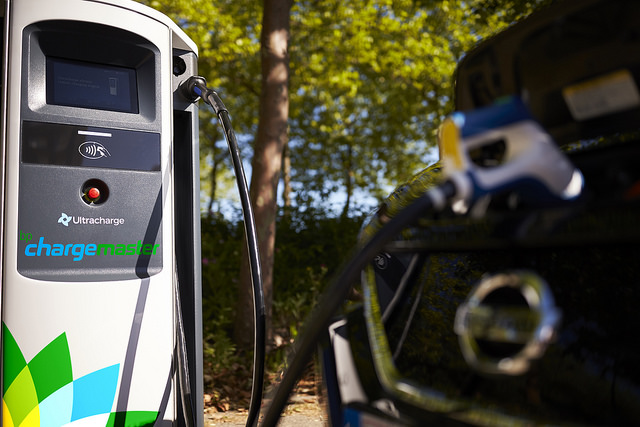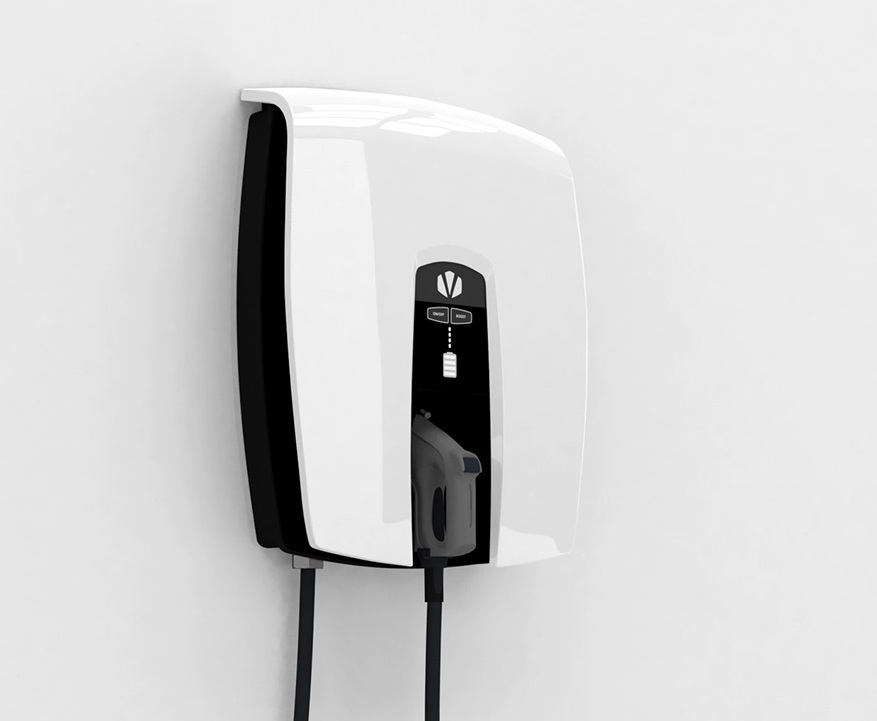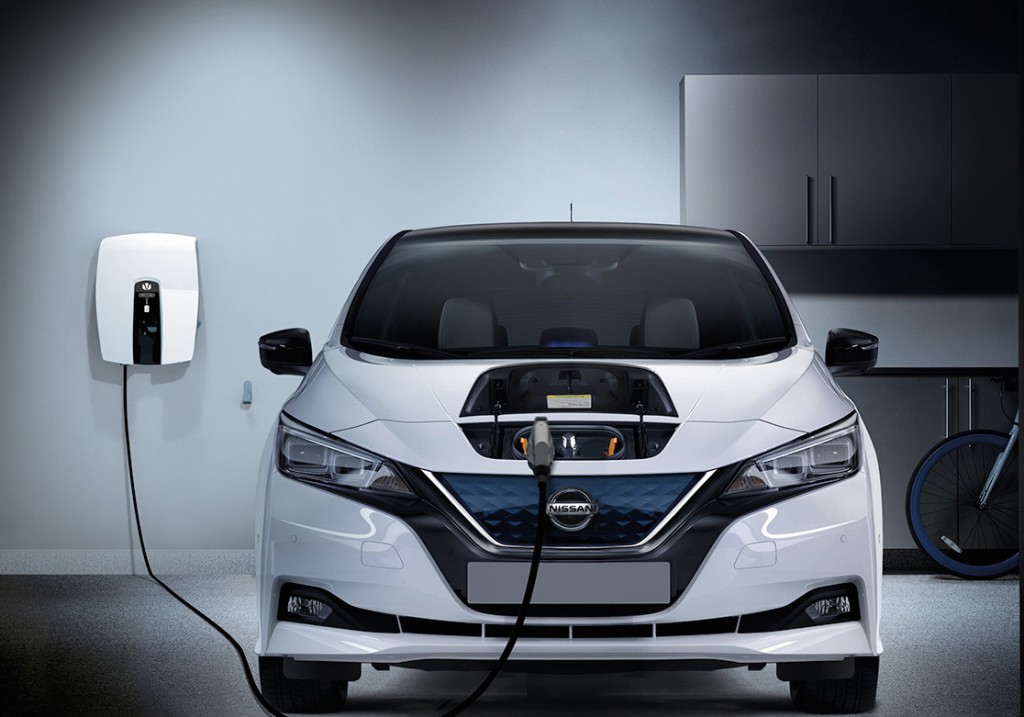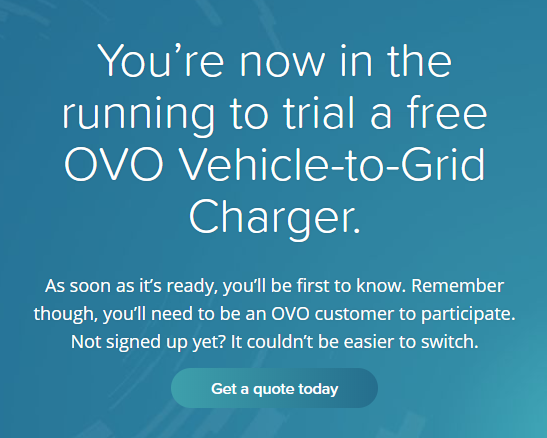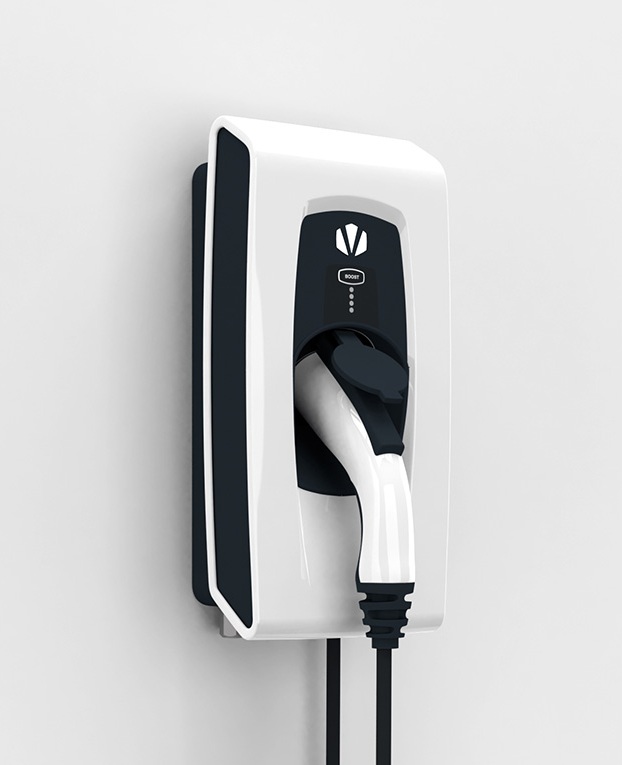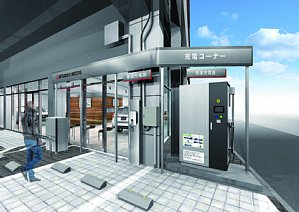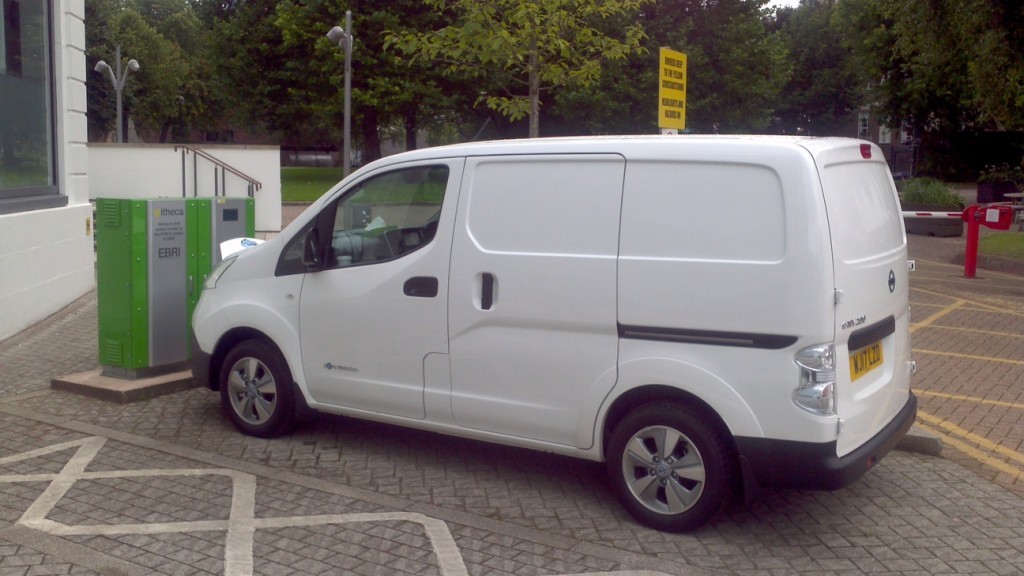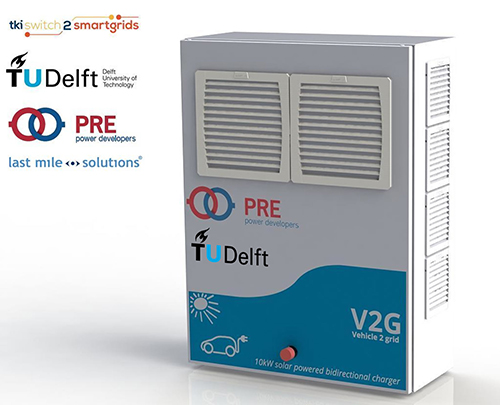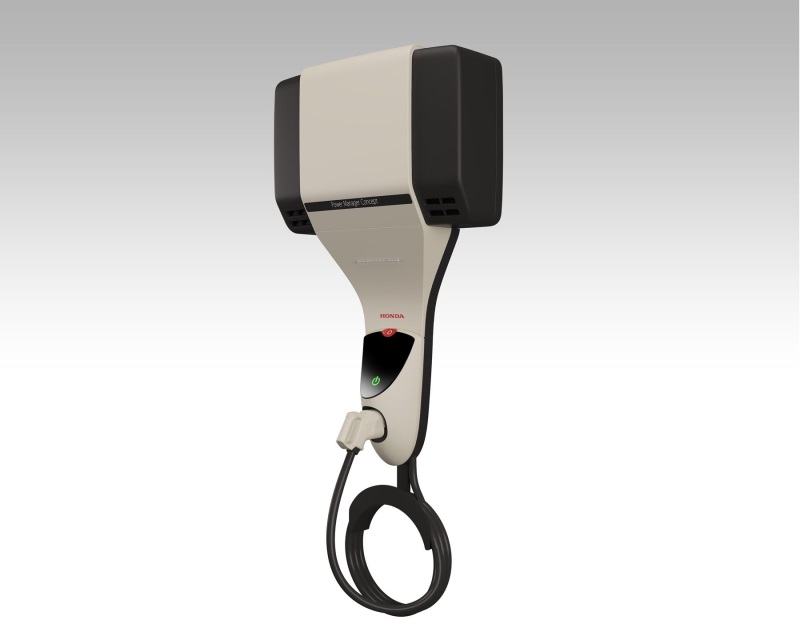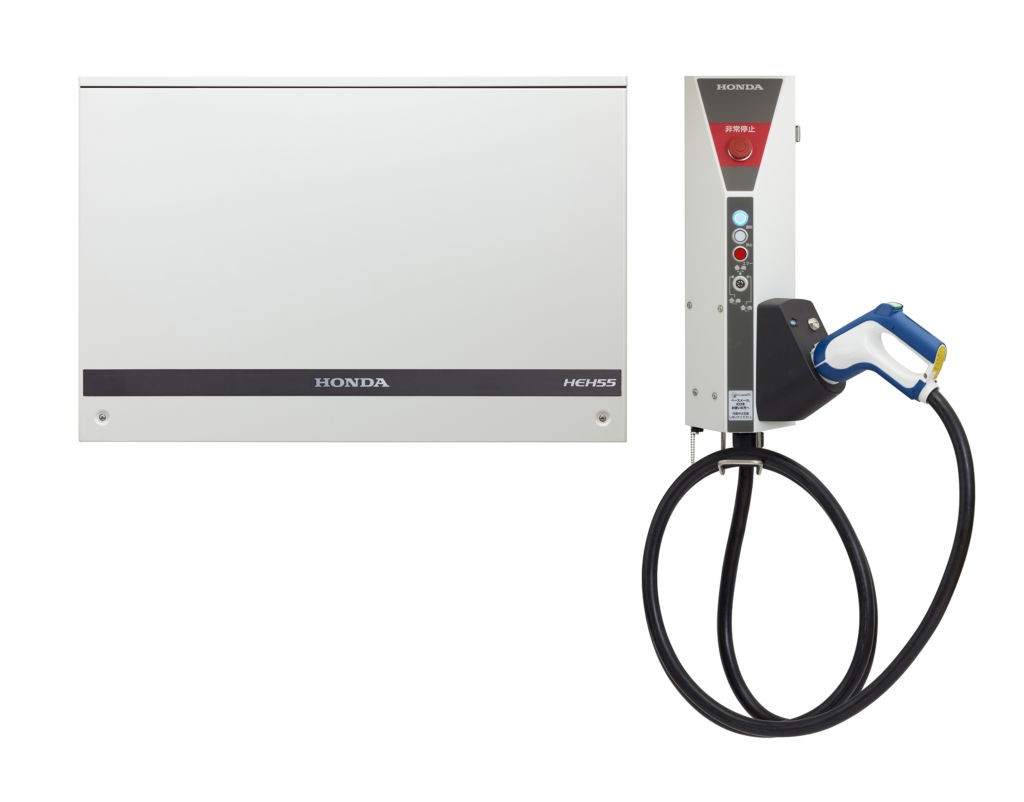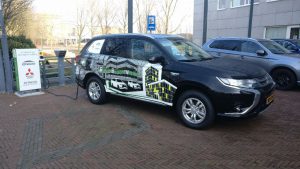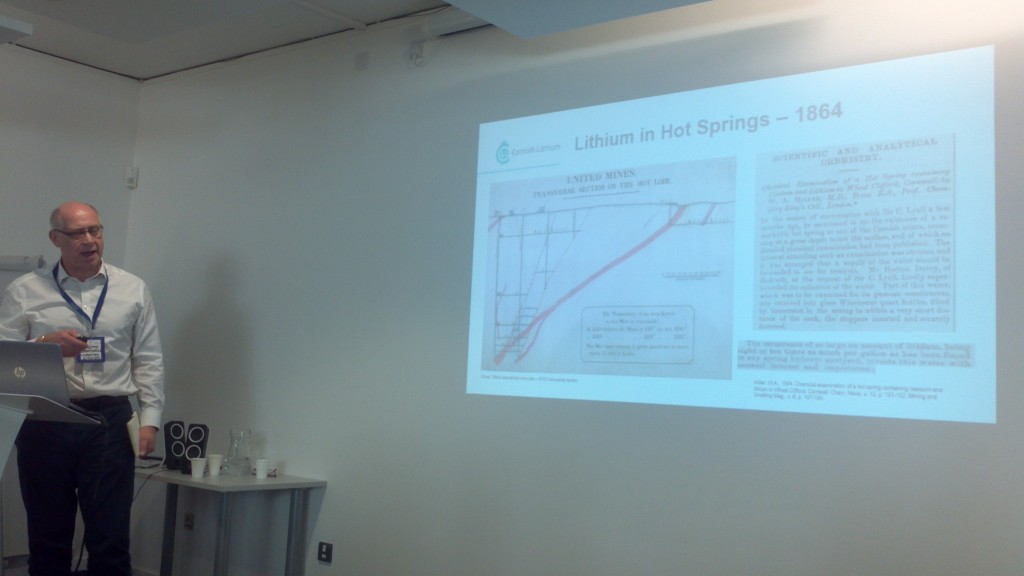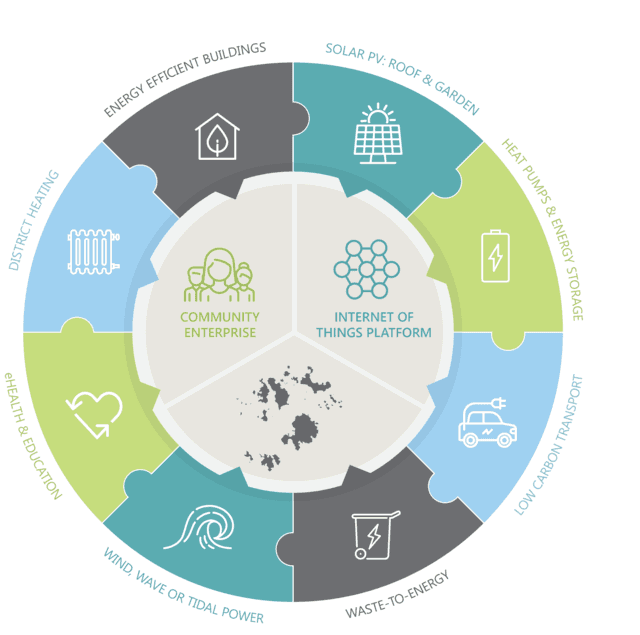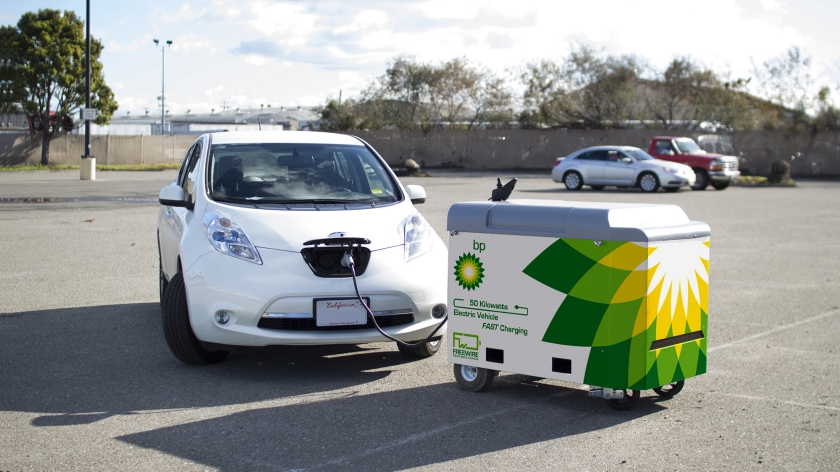Here at V2G UK we’ve finally managed to complete an extended test drive of the 2018 model Nissan LEAF 2.0! We’d booked a 2 day test a couple of months ago, but had to cry off thanks to yours truly suffering a dose of the “man flu”. This time around my health held up and we picked up our two tone LEAF from West End Motors just down the A30 from here in Bodmin:
Our test drive was timed to coincide with the Welsh Government’s Connected and Autonomous Vehicles briefing in Cardiff. More on that in due course, but amongst many other things we wanted to discover if there was any truth to the so called “#RapidGate” rumours flying around on Twitter and elsewhere. If that is double Dutch to you then please watch this explanation of the term from the inimitable Bobby Llewellyn:
When the “kerfuffle” started Nissan issued the following “news release” on Twitter:
Hi, thanks for your tweet. Before launch, the 40 kWh Nissan LEAF went through rigorous testing procedures where development vehicles were driven in numerous European countries for more than 100,000 kms. 1/3
— NissanUK (@NissanUK) March 21, 2018
We found LEAF performed well in a range of both rapid and standard charging scenarios and was firmly in line with our expectations. We are aware of two isolated cases where customers have experienced issues with a public rapid charging unit. 2/3
— NissanUK (@NissanUK) March 21, 2018
We are currently investigating these cases with both the customers and the charging unit providers. Thank you, ^SD 3/3
— NissanUK (@NissanUK) March 21, 2018
During our trip we intended to do a lot of motorway driving at 70 mph, including a cross country trip to visit Platinum Nissan in Trowbridge. Much more on proPILOT in due course as well, but we set off up the A30 from Bodmin and engaged Nissan’s by now somewhat autonomous version of “cruise control” with a target speed of 70 mph:
We still had some juice left in “the tank” by the time we reached Taunton Deane Services. According to the LEAF’s clock a distance of 90 miles:
Before heading cross country we plugged in to the Ecotricity charging station:
Having set things in motion we grabbed some lunch, then returned to discover this:
We certainly weren’t “fully charged”, and 25.2 kWh over 48 minutes is rather less than the advertised 50 kW rapid charging. We called Platinum to inform them we’d be arriving late, and enquired whether they had a “rapid” charger. They haven’t!
The LEAF’s satellite navigation system directed us to Trowbridge via the A303, and we followed its instructions. Certainly not the shortest route, but arguably the quickest? Once at Platinum we plugged in quickly and topped up “slowly”. Discretion being the better part of valour we departed an hour or so later and headed for Leigh Delamere Services for what we hoped would be a “rapid” charge. We were sadly disappointed:
Our own experience suggests that the #RapidGate rumours are not without foundation, and what is more the issue is not confined to the third “rapid” charging session of the day and beyond.
To be continued……

